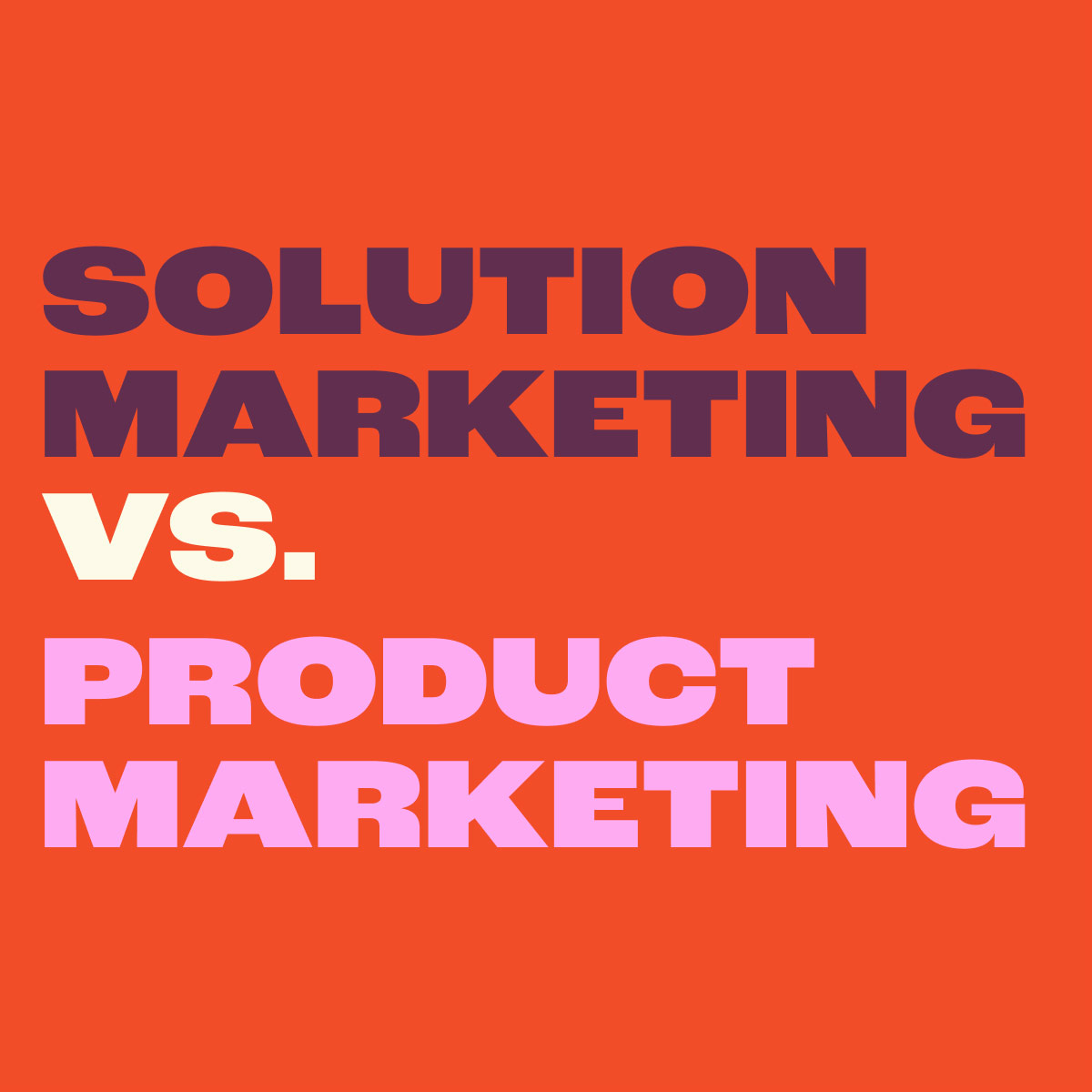When this idea first emerged at the beginning of 2019, I was interested in how these three market forces could align to help achieve the 10-year-old Triple Aim goals. I still believe they can.

Over time, however, I’ve come to understand that it may be less about what’s happening and more about when it’s happening and who is involved that’s really important.
In short, all three of these movements appear to have gained momentum in 2019.

Precision medicine has the potential to radically improve the effectiveness of medicine, eliminating the hit-or-miss, one-drug-fits-all approach. This market force is being driven by the life sciences industry and supported by big data and technology companies.

Population health holds the promise of transforming care delivery, moving from treating disease to preventing it. This market force features our hospitals and health systems and is also supported by big data and technology.

Value-based care represents a fundamental change in the way care is reimbursed, rewarding quality and outcomes over volume and activity (otherwise known as fee-for-service). Government, big employers, and health plans are driving this space.
What’s common across all three movements is that the consumer is at the center.

Precision medicine: a combination of science and hope
Precision medicine, inspired by advances in genomic science, is a giant topic in our healthcare landscape, essentially involving all the players from biopharma, data, and technology to healthcare providers, regulators, health plans, and patients. Everyone knows there’s big money involved in this space. I won’t dive into the drug pricing issue here, but it’s worth pointing out that in 2015, PhRMA, the Pharmaceutical Research and Manufacturers of America, stated, “The average cost to research and develop each successful new drug is estimated to be $2.6 billion.”
As human beings, we love the promise of precision medicine. We’re drawn to how the science advances our understanding of human health. And we marvel at the transformative value that emerging medicines and therapeutic approaches have on patients and caregivers. But when a new drug emerges that holds this great promise, it often costs more than we can afford.
Despite the costs, precision medicine is here to stay. After all, our health is everything. The promise of better health is a hope we collectively share. And as science drives medicine, it’s hope that captures our minds and has the potential to drive commercial markets. Science and hope are a powerful combination. As players throughout the ecosystem collaborate more effectively, we’ll find a way to reduce the high cost of drug development.
According to the Personalized Medicine Coalition, in 2018, the FDA approved 59 new molecular entities, 25 of which were classified as personalized medicines.
Population health: empowering patients, earlier
If you use Google searches as a meter for a topic’s importance, then population health management eclipses precision medicine. It’s clear that the U.S. care delivery system is undergoing dramatic change—and not just the kind characterized by mergers and acquisitions. We’re seeing more hospitals and health systems embrace population health and preventive care programs. This stands in contrast to a history dominated by “heads in beds” approaches, but we’re due for a change given mixed reports on the quality of care offered. Don’t forget, we’re facing a physician supply crisis, too.
Population health management programs aim to help specific patient populations better manage their existing conditions, avoid the onset of new ones, and help reduce the need for more expensive emergency care. This sounds great, but it’s not easy. Earlier diagnosis helps to improve prevention, which greatly lowers the overall cost of care. As consumers bear more and more financial responsibility for their care, they’re more aware and actively involved in stewarding their health. Direct-to-consumer diagnostics is a growing reality, as is the advance of health applications and consumer wearables. Both provide more information that empowers their knowledge and drives healthcare purchases. Privacy and data collection remain issues to overcome, but the benefits will help us overcome the risks.
On February 19, 2020, at 12:20 PM ET, Google search results for “precision medicine” were 291,000,000, “population health” had 1,020,000,000, and “value-based care” generated 4,640,000,000 results.
Value-based care: quality over quantity
In 2008, the Centers for Medicare & Medicaid Services (CMS) started emphasizing paying providers based on quality rather than on quantity of care. There were five original programs connecting performance to quality measures and payment. Their aim had three parts: better care for individuals, better health for populations, and lower cost. Sound familiar? Today there are more value-based care programs, and according to a Definitive Healthcare blog post, the number of states and territories implementing value-based care programs has risen from three in 2011 to 48 as of 2018.
Consumers benefit from the move to value-based care compensation. Other than a history of compensation based on fee-for-service, is there any compelling argument against rewarding quality? It’s inevitable that as healthcare becomes more consumer-centric, the demand for quality care will rise. After all, consumers are the single largest group of payers in the country.
I realize these are turbulent times for healthcare, but I don’t think there’s any stopping these three market forces. In fact, as they converge, they may even help accelerate one another. And wouldn’t that type of collective impact be nice for all of us?
As healthcare marketers, it’s important to continuously monitor and evaluate marketplace dynamics. That’s a daunting task, considering the trillions of dollars spent on healthcare each year in this country. But it’s only then that we can make prudent strategic recommendations for how your brand can stand out and create meaning amid the chaos. Much like personalized medicine, healthcare and biotech marketing require a unique approach. Contact us today to connect with a KHJ strategist and learn how we can explore what’s possible for your organization.
Much like personalized medicine, healthcare and biotech marketing require a unique approach. Contact us today to connect with a Ten Feet Tall strategist and learn how we can explore what’s possible for your organization.


